Three bracing walks in Britain
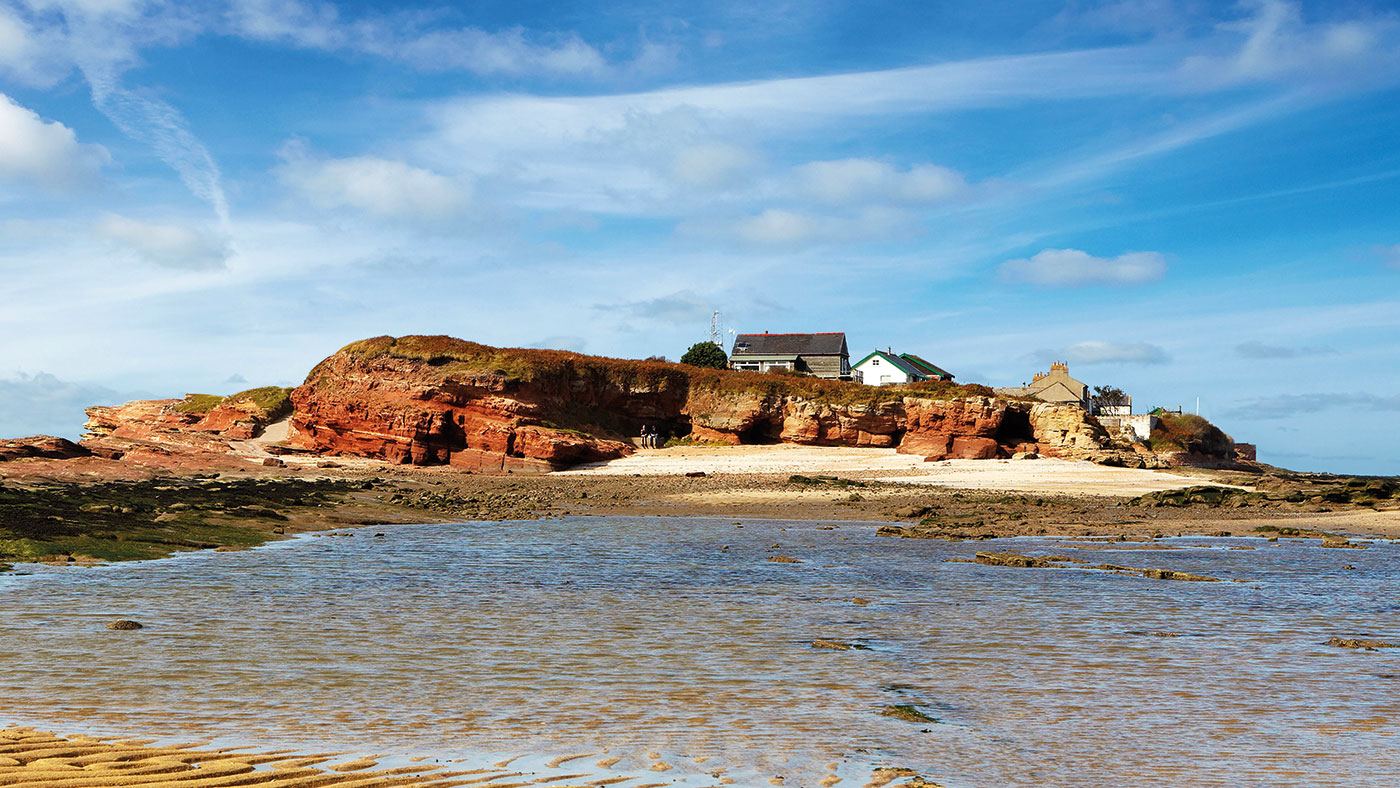

“Danger,” declares one sign. “Warning: this area may contain unexploded objects,” reads another. “Any person who finds any shot, shell, bomb or any unidentifiable explosive object, should report the finding.” The signs make for an alarming start to a public footpath – but then nothing about the Broomway is “normal”, says Martin Fletcher in the Financial Times. “It is less a track than a sequence of compass bearings.”
The Broomway, first recorded in 1419, has been called the most perilous path in Britain. But it was “starkly beautiful when I walked it with Brian Dawson, who, at 76, is one of the last guides to the ancient route”. It runs for six miles across Maplin Sands, the majority of it parallel to the Essex coast. In 1915, the military turned the area into an artillery testing range. But unexploded ordnance isn’t your biggest worry. When the tide turns, the water races in faster than a man can run. There are also quicksands and muddy bogs along the Broomway – named for the posts along the way (“brooms”) that are often shrouded in fog – and shell holes filled with soft sand into which people are said to vanish. “If I disappear, turn around,” quips the guide.
The Week
Escape your echo chamber. Get the facts behind the news, plus analysis from multiple perspectives.

Sign up for The Week's Free Newsletters
From our morning news briefing to a weekly Good News Newsletter, get the best of The Week delivered directly to your inbox.
From our morning news briefing to a weekly Good News Newsletter, get the best of The Week delivered directly to your inbox.
An island at the end of the Earth
Hilbre island (pictured top) sits in the estuary of the River Dee – Wales to its left, England to its right, says Nick Hallissey in Country Walking magazine. It’s off the northern tip of the Wirral, and from the marina at West Kirby, you can see Hilbre calling to you – and when the tide is fully and safely a long way out, you can go answer it. Crossing directly to the main island of Hilbre is too dangerous. Instead, head out from West Kirby marina to Little Eye (one of the three islets, along with Hilbre and Middle Eye), “a safe half-mile, provided you check the tide times carefully”. From there you can cross the smaller islets, and finally join the track that leads onto Hilbre.
Ranger Matt Thomas loves the island because it’s an outpost of wilderness in one of the most urbanised areas of the country. “When I stay on the island after the tide comes in, I feel like I’m alone at the end of the Earth,” he says. Seals, and birds such as nightjars, red-flanked bluetails and oystercatchers, also call Hilbre home. A walk on the island is akin to “walking in the sea. Between worlds.”
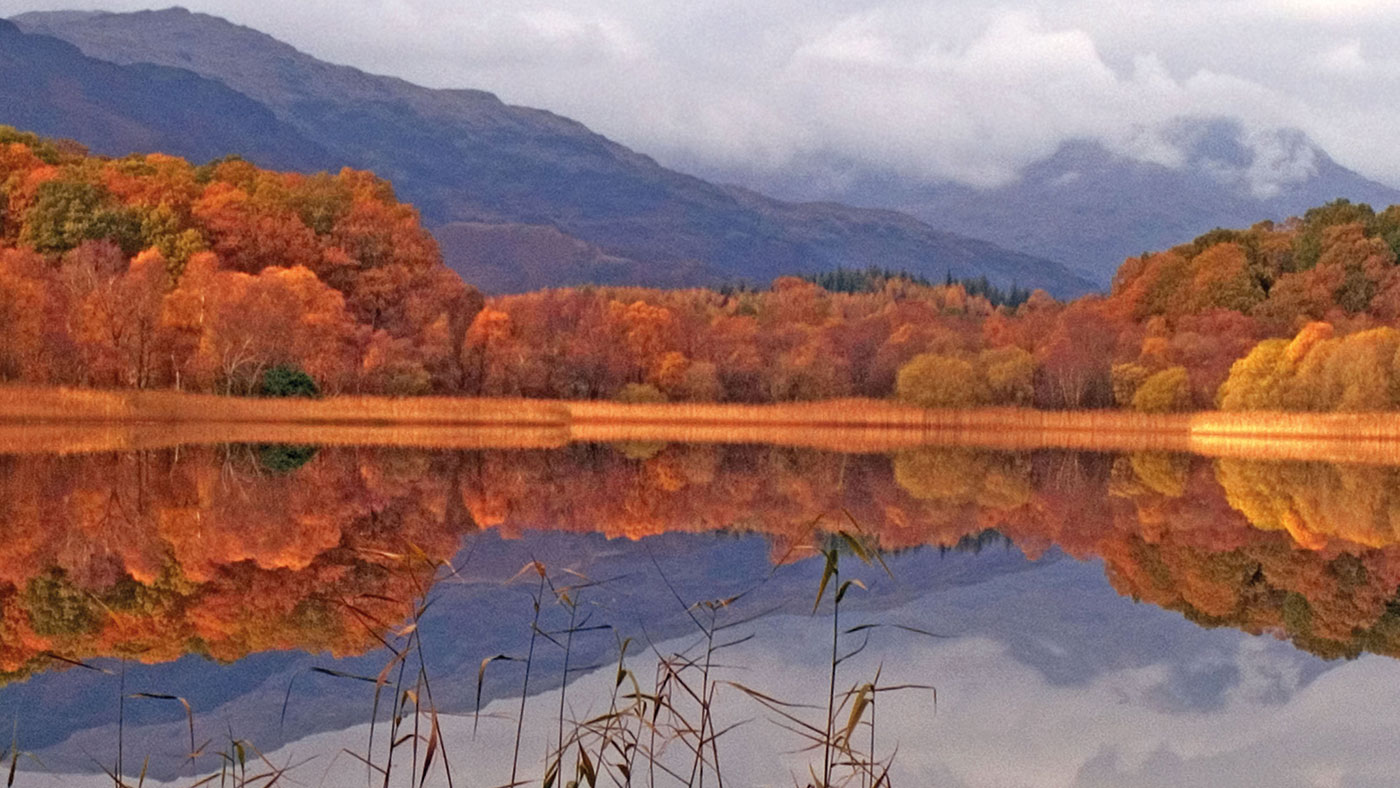
A hike ’twixt ben and glen
A free daily email with the biggest news stories of the day – and the best features from TheWeek.com
“Forests ablaze in gold and russet hues, and absolutely no midges – autumn is the ultimate season for Scotland’s oldest and most rewarding long-distance footpath,” says Jeremy Lazell in The Sunday Times. The West Highland Way wiggles north “’twixt ben and glen” for 96 increasingly rugged miles from the outskirts of Glasgow to Fort William. Walkers pass Loch Lomond and Rannoch Moor, the upper reaches of Glencoe, and the slopes of Ben Nevis. Contours has a six- to ten-night package with stays in B&Bs and inns along the way for £480 per person.
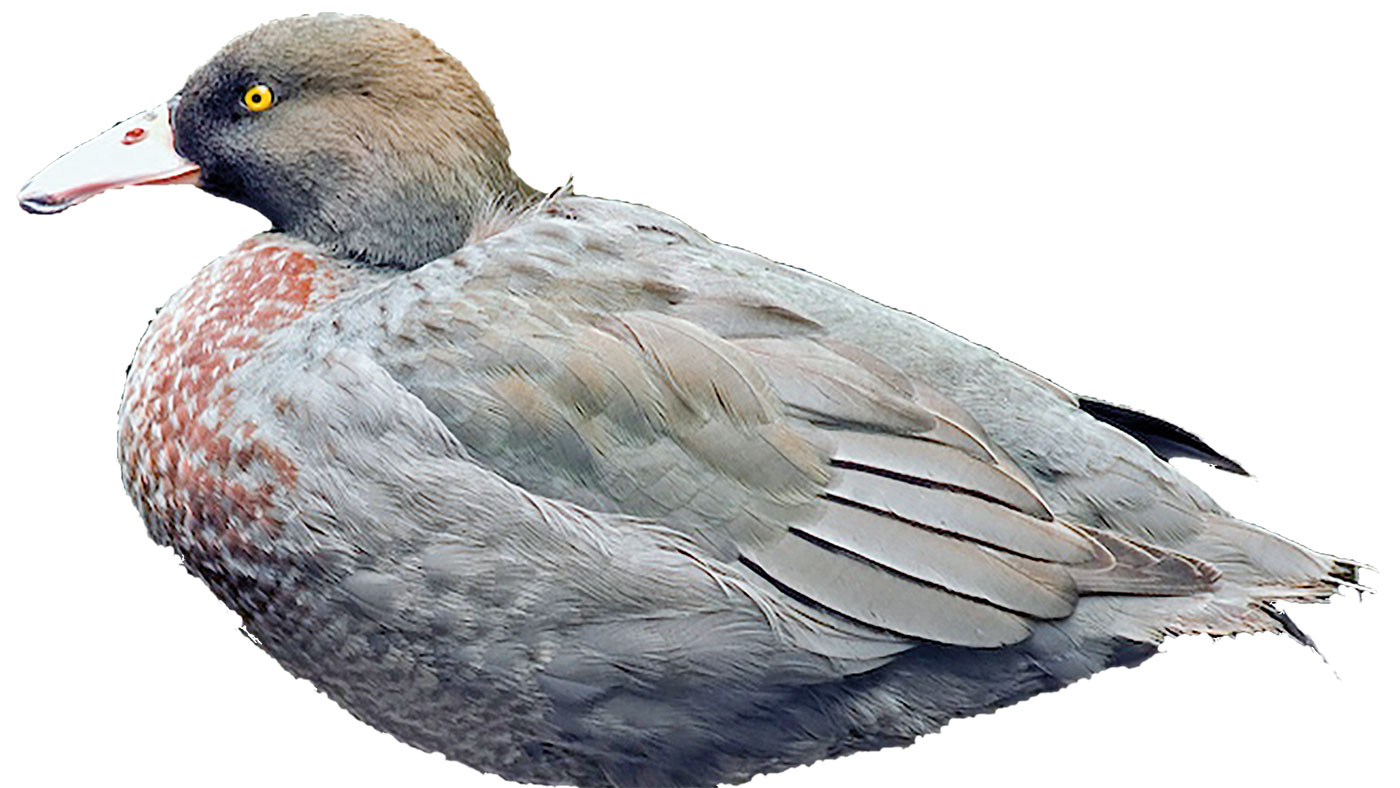
A real treasure in New Zealand
Blackball, a forgotten former mining town on the South Island of New Zealand, is about to become the starting point for a new hiking route, says Phoebe Smith in Wanderlust magazine. “The town doesn’t really know what’s coming”, Cynthia, the owner of the weatherbeaten, 100-year-old “Formerly The Blackball Hilton” hotel, tells Smith. They soon will when the Great Walk opens next year.
“Within just a few minutes of [starting on the trail], we were immersed in a verdant forest of beech trees and podocarp conifers,” says Smith. “The track was clear but rough underfoot, our boots crunching on the little stones that lined it. The soundtrack was that of running water as we crossed the eponymous creek several times on wobbly suspension bridges… Exploring nearby, I reached the fork of Blackball Creek and startled a native — and supremely rare — blue duck” (pictured left), known as a whio to the Maori. Forget the gold the miners sought – this is the area’s real treasure.
This article was originally published in MoneyWeek
-
 How drones have detected a deadly threat to Arctic whales
How drones have detected a deadly threat to Arctic whalesUnder the radar Monitoring the sea in the air
-
 A running list of the US government figures Donald Trump has pardoned
A running list of the US government figures Donald Trump has pardonedin depth Clearing the slate for his favorite elected officials
-
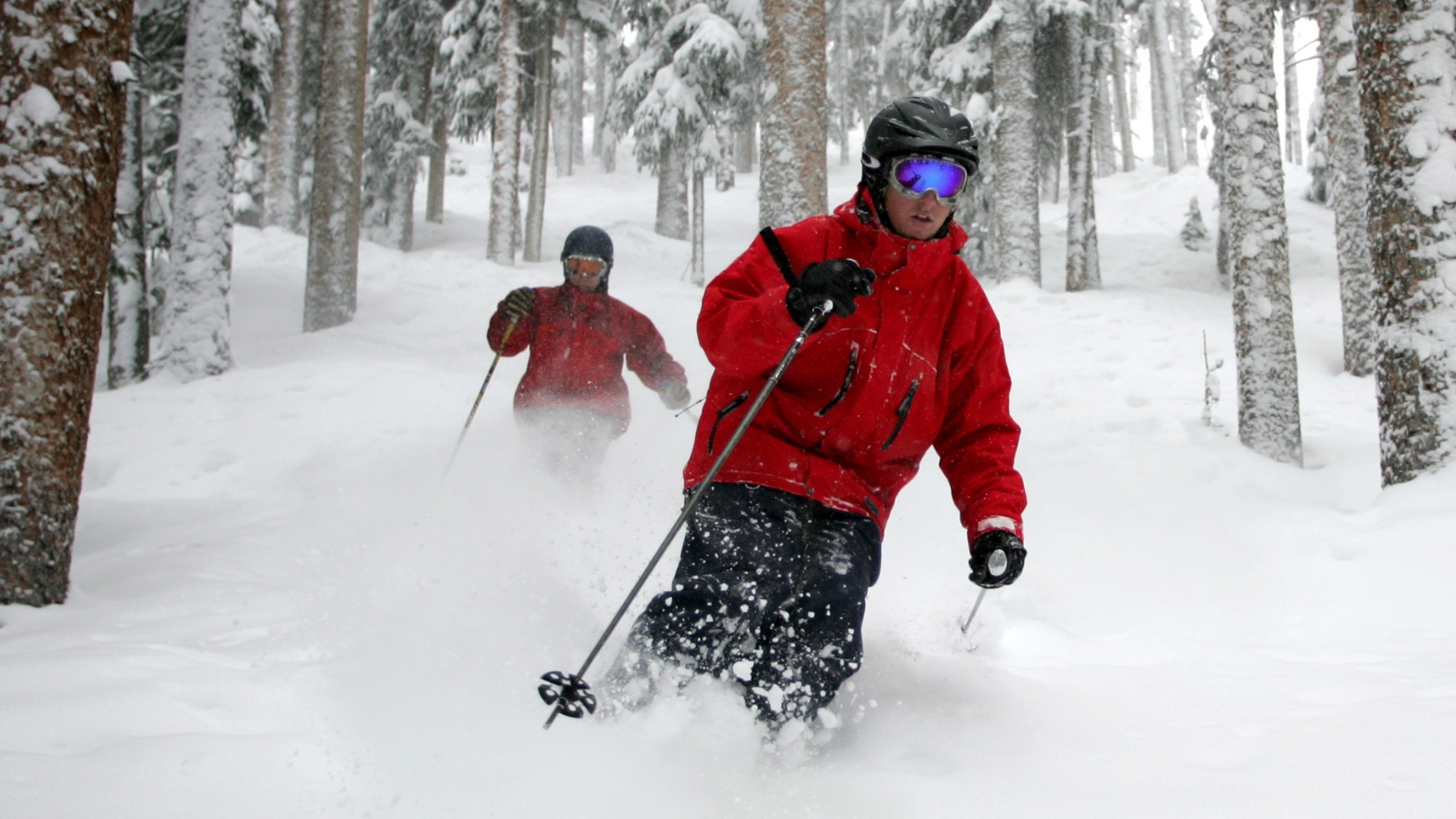 Ski town strikers fight rising cost of living
Ski town strikers fight rising cost of livingThe Explainer Telluride is the latest ski resort experiencing an instructor strike
-
 Sport on TV guide: Christmas 2022 and New Year listings
Sport on TV guide: Christmas 2022 and New Year listingsSpeed Read Enjoy a feast of sporting action with football, darts, rugby union, racing, NFL and NBA
-
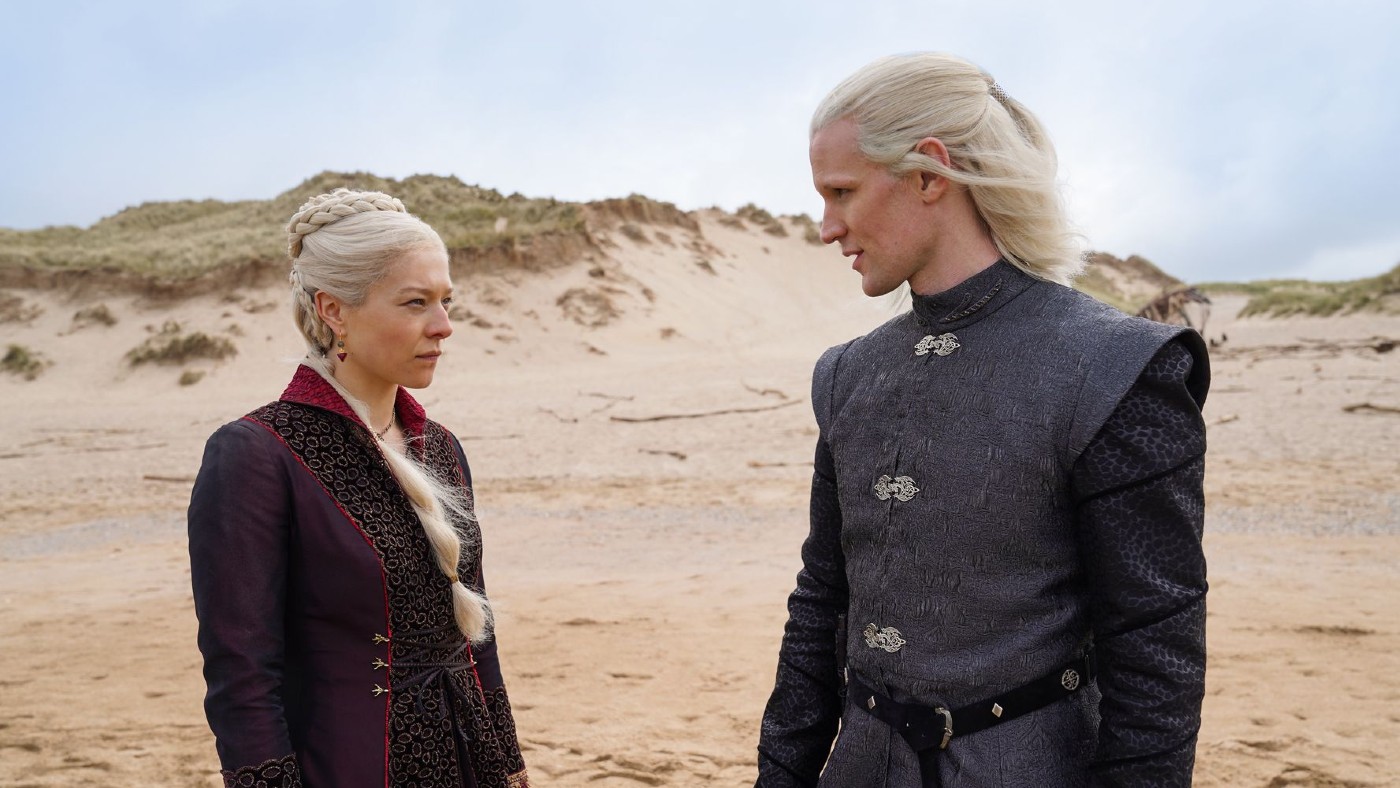 House of the Dragon: what to expect from the Game of Thrones prequel
House of the Dragon: what to expect from the Game of Thrones prequelSpeed Read Ten-part series, set 200 years before GoT, will show the incestuous decline of Targaryen
-
 One in 20 young Americans identify as trans or non-binary
One in 20 young Americans identify as trans or non-binarySpeed Read New research suggests that 44% of US adults know someone who is transgender
-
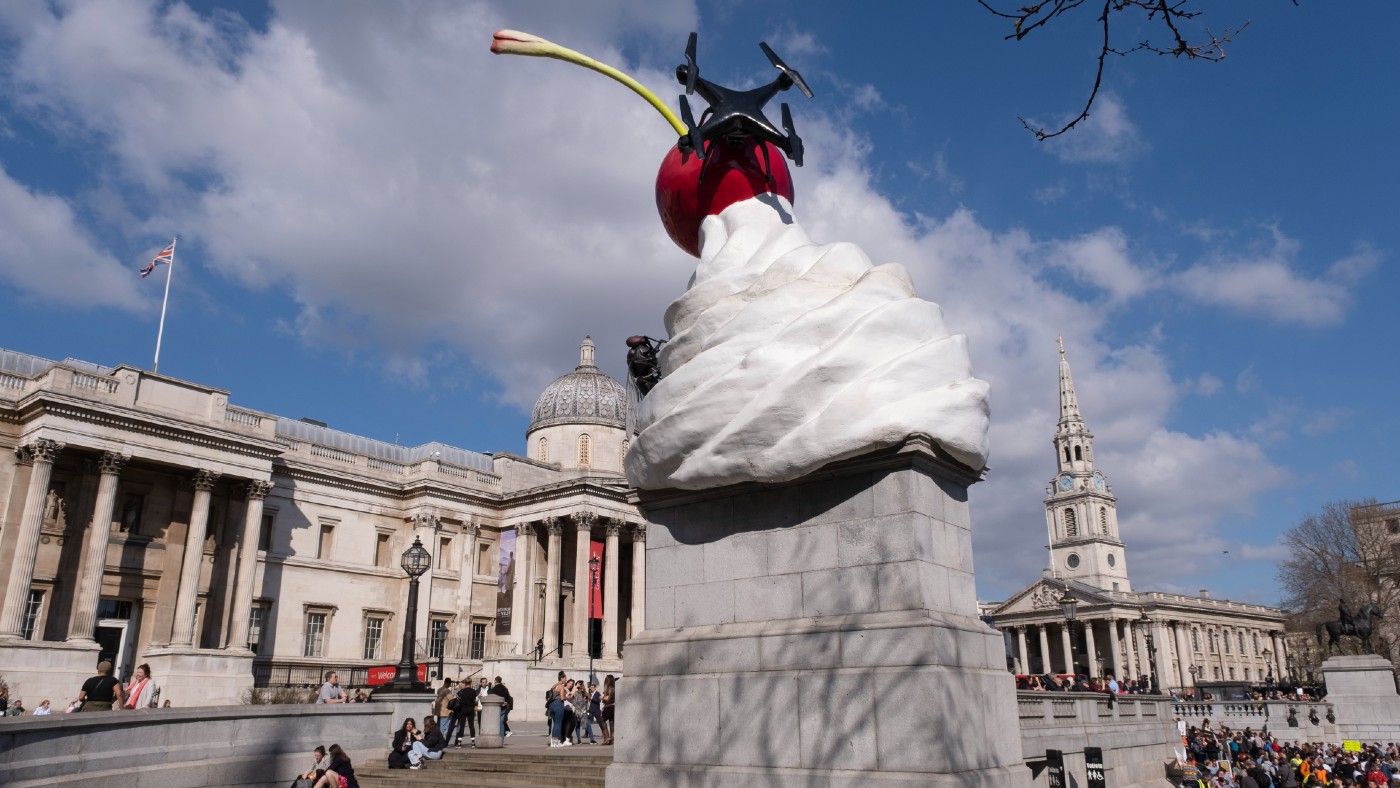 The Turner Prize 2022: a ‘vintage’ shortlist?
The Turner Prize 2022: a ‘vintage’ shortlist?Speed Read All four artists look towards ‘growth, revival and reinvention’ in their work
-
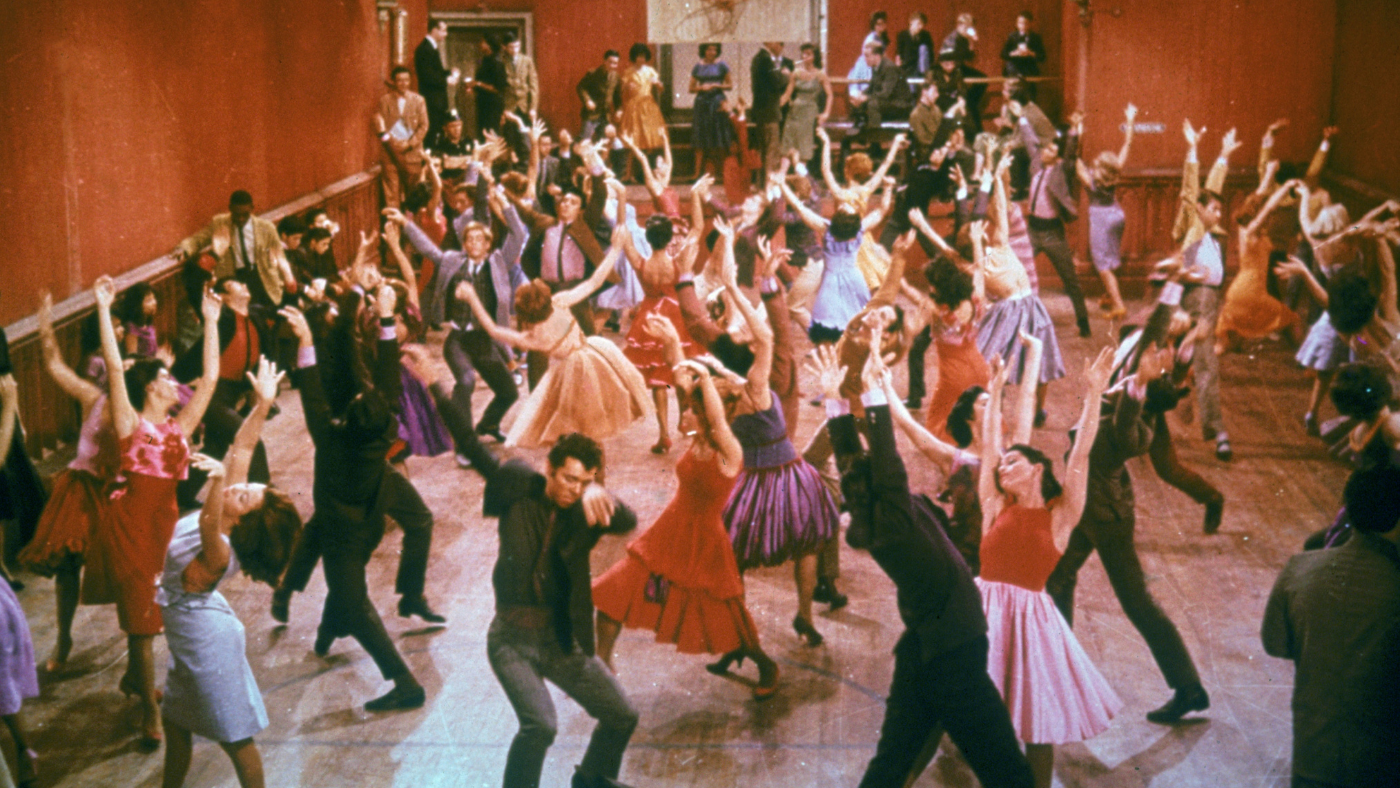 What’s on TV this Christmas? The best holiday television
What’s on TV this Christmas? The best holiday televisionSpeed Read From films and documentaries to musicals for all the family
-
 Coco vision: up close to Chanel opticals
Coco vision: up close to Chanel opticalsSpeed Read Parisian luxury house adds opticals to digital offering
-
 Abba returns: how the Swedish supergroup and their ‘Abba-tars’ are taking a chance on a reunion
Abba returns: how the Swedish supergroup and their ‘Abba-tars’ are taking a chance on a reunionSpeed Read From next May, digital avatars of the foursome will be performing concerts in east London
-
 ‘Turning down her smut setting’: how Nigella Lawson is cleaning up her recipes
‘Turning down her smut setting’: how Nigella Lawson is cleaning up her recipesSpeed Read Last week, the TV cook announced she was axing the word ‘slut’ from her recipe for Slut Red Raspberries in Chardonnay Jelly